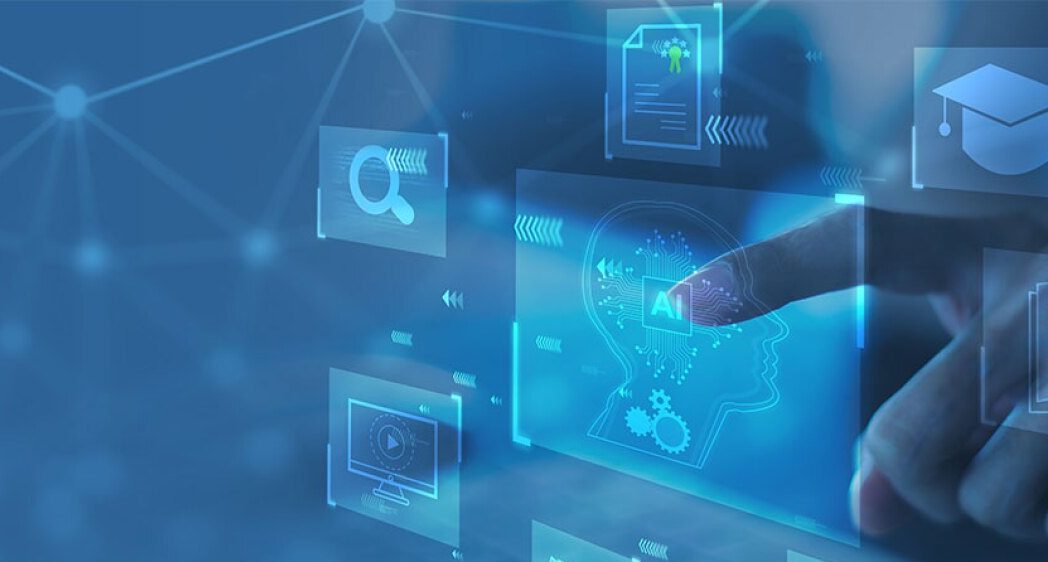One of the most intriguing areas of machine learning is reinforcement learning (RL), in which agents interact with their surroundings and acquire the best behaviors through trial and error. RL is perfect for resolving complicated, real-world issues because, in contrast to classical supervised learning, it flourishes in dynamic, uncertain environments. Reinforcement learning is reshaping how machines make decisions, driving innovation in areas such as autonomous vehicles and tailored healthcare solutions. The top 10 notable applications that highlight the strength and adaptability of reinforcement learning will be explored in this article.
- Autonomous Vehicles
RL empowers autonomous vehicles to make intelligent decisions in real time, enabling them to navigate complex and ever-changing environments—such as congested traffic or unpredictable road conditions with greater precision and adaptability.
- Predictive Maintenance
With reinforcement learning, predictive maintenance could figure out when a machine is most likely to break down, to get it fixed bait time. With that, the RL agents comprehend when equipment failure might occur by learning from past reports and further optimizes maintenance scheduling to reduce downtime and save repair costs.
- Personalized Recommendations
Reinforcement learning is employed by streaming platforms such as Netflix, and e-commerce giants such as Amazon, to customize recommendations, adapting to the evolving preferences of a user, and learning which content or products an individual is most likely to engage with.
- Healthcare Treatment Planning
RL is revolutionizing personalized medicine to assist clinicians in determining the best therapeutic strategy. It can also be used for radiation therapy, drug dose optimization, and robotic-assisted surgeries to achieve better outcomes at lower risks.
- Energy Management in Grids
Reinforcement learning(RL) helps optimize energy consumption in smart buildings and grids. By learning patterns of usage and environmental conditions, the systems adjust heating, cooling, and lighting to avoid wastage. Such measures reduce costs.
- Supply Chain and Inventory Optimization
RL-based systems help retailers and logistics companies maintain inventory levels, forecast demand, and optimize delivery routes, lowering operational costs while increasing levels of customer satisfaction.
- Robotics and Automation
In robotics, RL allows machines to acquire the skills required to perform complex tasks such as walking, grasping, and assembling objects. Manufacturing, space, and domestic robots rely on these types of skills.
- Financial Trading and Portfolio Management
RL systems allow creation of trading and portfolio management strategies adapted to the fluctuations of markets. They may improve risk management, increase returns, and support decision-making in volatile environments.
- Drone and Aerospace Navigation
With reinforcement learning, it is possible for drones and space vehicles to autonomously plan routing, collision avoidance, and adaptiveness to environmental changes. This feature is highly potential in scenarios where human intervention is limited or impossible.
- Natural Language Processing (NLP)
In NLP, the chatbot and virtual assistant are fine-tuned by reinforcement learning methods to produce a more coherent and context-aware response. It is also applied in such areas as training translation, summarization, and sentiment analysis models.
Conclusion:
Reinforcement Learning is more than just a theoretical concept it’s a transformative force across industries. Its ability to learn from interaction and adapt to change makes it uniquely suited for solving problems that traditional algorithms struggle with. As reinforcement learning (RL) continues to advance, it is expected to unlock increasingly ground-breaking applications that redefine the capabilities of machines. Whether one is a researcher, developer, or simply an intrigued observer, RL remains a dynamic and promising field that merits close attention and exploration.






